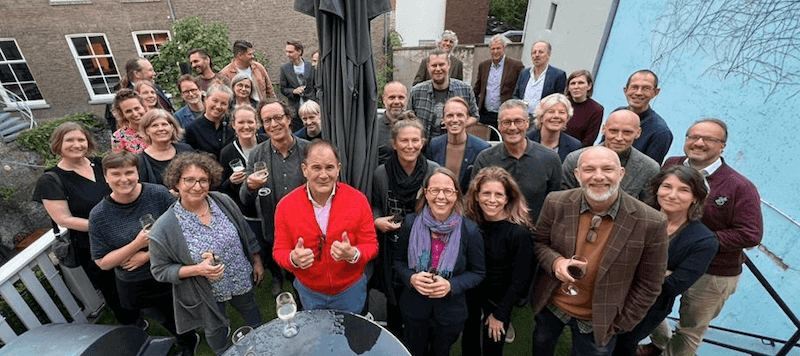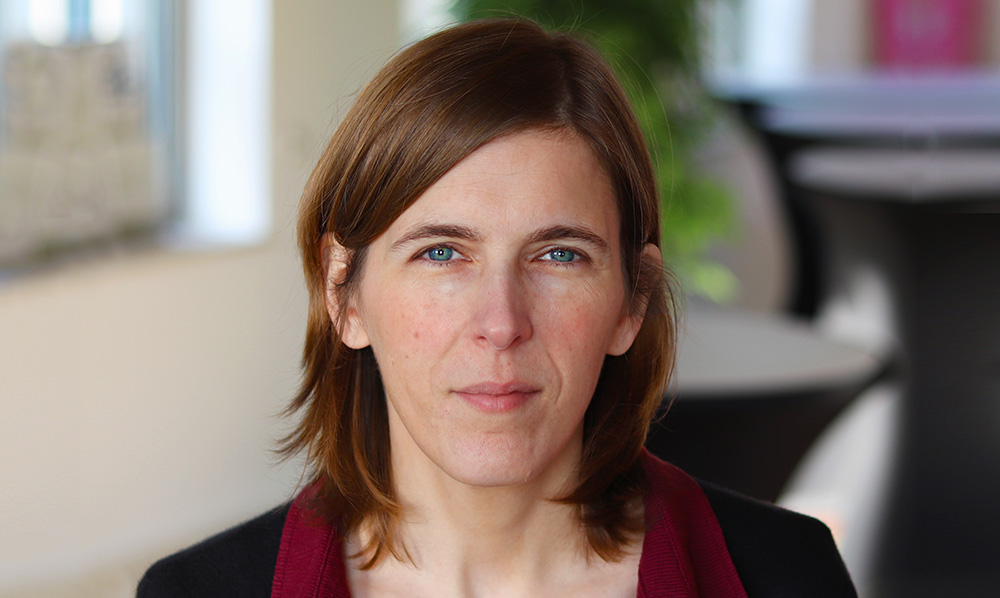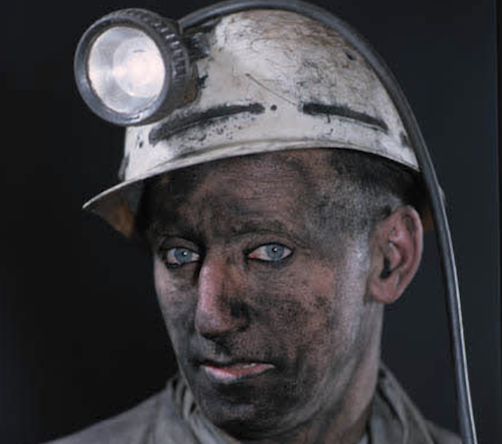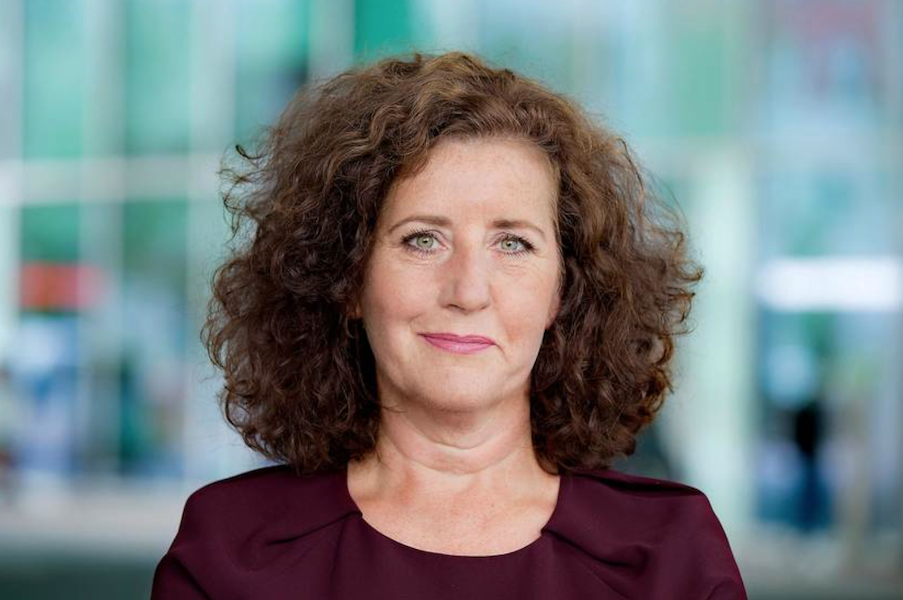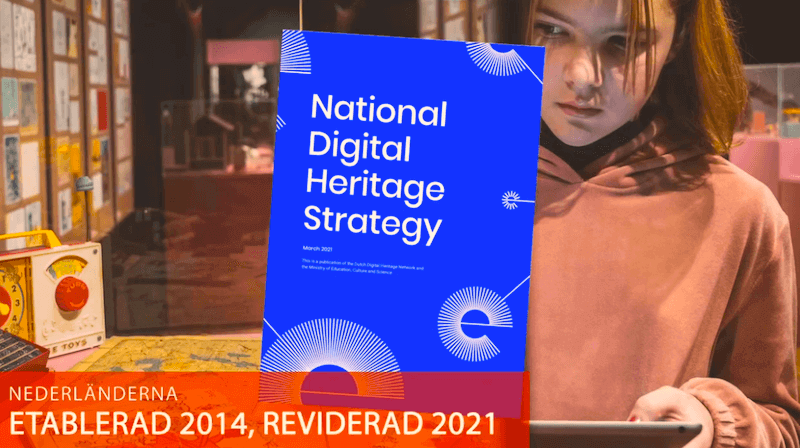
Zweedse erfgoedcollega’s ondergedompeld in Nationale Strategie Digitaal Erfgoed
In navolging van Nederland werkt de Swedish National Heritage Board aan een Nationale Strategie Digitaal Erfgoed. Maar hoe werkt dat nu in de praktijk, zo’n nationale strategie? Om dat met eigen ogen te zien, kwamen afgelopen september zeventien collega’s van de Heritage Board naar Nederland. Twee dagen lang stonden in het teken van ontmoetingen en uitwisselingen met het erfgoedveld. Wat is hun opgevallen?
Scroll down for the English translation of this article
Hoe het allemaal begon
De eerste contacten tussen de Swedish National Heritage Board en het Netwerk Digitaal Erfgoed (NDE) dateren van begin 2022. NDE-netwerkmanager Wilbert Helmus is gevraagd om tijdens Digikult, een Scandinavische conferentie over digitaal erfgoed, een presentatie te houden over de Nationale Strategie. En dan niet alleen vanuit het idee dat het een strategie voor digitalisering betreft, maar ook een strategie voor samenwerking in het erfgoedveld. Die presentatie smaakt naar meer, vindt de Swedish National Heritage Board. De handschoen voor een uitnodiging wordt opgepakt vanuit het NDE en er wordt een programma samengesteld met ontmoetingen met allerlei spelers in het erfgoedveld, kriskras door Nederland.
Kracht van het netwerk
Als de Zweedse gasten één ding mee naar huis hebben genomen, dan is het de kracht van zowel de Nationale Strategie Digitaal Erfgoed als van het netwerk zelf. ‘Alles, van organisatie tot technische infrastructuur, draait in Nederland om de netwerkgedachte,’ zegt Daniel Färnbo, unithoofd Systeemontwikkeling. ‘Dit is alleen haalbaar dankzij een sterke visie en een gemeenschappelijke strategie. Zeer inspirerend!’ Eric Fugeläng, hoofd afdeling Erfgoedontwikkeling, voegt eraan toe dat op die manier ook geen eindeloze middelen en infrastructuren nodig zijn om het verschil te maken.
‘Samen iets groters creëren’
Tijdens de werkbezoeken valt het Annika Carlsson, adviseur collectiebeheer, op dat de collecties van musea en andere erfgoedorganisaties gezien worden als een onderdeel van een netwerk van collecties, en dat de organisaties zo samen iets groters creëren. Annika hoort dat medewerkers van een museum – zonder er echt bij stil te staan – linked data maken door gegevens in het collectieregistratiesysteem te koppelen aan het Termennetwerk. ‘Ik denk dat het voor alle deelnemers inspirerend is om te beseffen dat ze met linked data bijdragen aan een breder netwerk en niet alleen maar de data aanleveren.’
‘Gewoon beginnen’
Kom je er als organisatie niet uit, dan kun je altijd een beroep doen op de digitaal-erfgoed-coaches. Eric Fugeläng ziet na een presentatie van een van de coaches nog sterker het belang van hun rol in, vertelt hij. ‘Zeker voor de kleinere organisaties met minder kennis en beperkte middelen.’
Maar het belangrijkste is om gewoon te beginnen met de uitvoering van de nationale strategie, ook al zal het niet meteen perfect zijn, leert Mia Carlsson, business developer. Het valt haar op dat organisaties binnen het netwerk elk op hun eigen niveau eraan werken. ‘Ik ben gesterkt in mijn overtuiging dat we samen sterk zijn, en niet elke organisatie afzonderlijk.’
‘Meerstemmige toegang geven tot erfgoed’
Daniel Färnbo gaat met een tas vol kennis naar huis. ‘Ik heb veel geleerd over de technische aspecten van linked open data en hoe je succesvol een linked open data-infrastructuur op een netwerkachtige manier kunt implementeren.’ Verder neemt hij nieuwe inzichten mee over crowdsourcingmethoden en het belang om diverse groepen toegang te geven tot hun erfgoed. Ook realiseert hij zich hoe gegevens een vertekend beeld kunnen geven, bijvoorbeeld door een koloniaal perspectief dat in de metadata van een object besloten ligt.
‘Als internationaal netwerk van elkaar leren’
Doordat de Nederlandse Nationale Strategie Digitaal Erfgoed in een Engelse vertaling beschikbaar is, hebben Zweedse collega’s hier gemakkelijk kennis van kunnen nemen. Belangrijk, vindt Dan Nordin, business architect. Hij pleit ervoor dat niet alleen een nationale strategie maar ook ondersteunend materiaal in het Engels beschikbaar komt. ‘Zo kunnen we als internationaal netwerk van elkaar leren, zowel op institutioneel als op persoonlijk niveau.’ Het Zweedse werkbezoek aan Nederland markeert daarvan het begin.
Zo zag het werkbezoek eruit
De Zweedse delegatie krijgt een hartelijke ontvangst in het Nationaal Archief, waar zich afgevaardigden van het brede NDE-netwerk en het ministerie van OCW hadden verzameld.
De volgende dag splitst het gezelschap zich in tweeën. De ene groep wordt in Beeld & Geluid door de NDE-domeingroep Bruikbaar bijgepraat over technische tools en de netwerk-infrastructuur DERA. Ook luisteren de deelnemers naar de keynoteverhalen tijdens het symposium van het Platform Linked Data Nederland dat in hetzelfde gebouw plaatsvond.
De andere groep bezoekt de Brightlands Smart Services Campus in Heerlen. Hier horen ze voorbeelden van de Nationale Strategie en netwerkvorming in de praktijk: van de Limburgse vertaling van de Nationale Strategie Digitaal Erfgoed op provinciaal niveau tot het verbindende werk van de digitaal-erfgoed-coach en een praktijkvoorbeeld van regionale netwerkvorming (Netwerk Zuiderzeecollecties).
Vervolgens reist het gezelschap naar Utrecht, waar het Centraal Museum vertelt over zijn ervaringen om te participeren in het netwerk op voor hem haalbare momenten. En laat het thematische netwerk Modemuze zien hoe het gaat aansluiten bij de netwerk-infrastructuur.
De laatste dag bezoekt het gezelschap de Reinwardt Academie waar deskundigheidsbevordering op de agenda stond. Ook presenteren Heritage Lab, Nationaal Museum van Wereldculturen en de RCE hun activiteiten rondom dekolonisatie, diversiteit en inclusie.
Swedish heritage colleagues immersed in National Strategy Digital Heritage
Following the example of the Netherlands, the Swedish National Heritage Board is working on a National Strategy Digital Heritage. But how does that work in practice, such a national strategy? To see this with their own eyes, seventeen colleagues from the Heritage Board came to the Netherlands last September. Two days were devoted to meetings and exchanges with the heritage field. What did they notice?
How it all started
The first contacts between the Swedish National Heritage Board and the Digital Heritage Network (NDE) date from early 2022. NDE network manager Wilbert Helmus was asked to give a presentation on the National Strategy during Digikult, a Scandinavian conference on digital heritage. And not only from the idea that it concerns a strategy for digitization, but also a strategy for cooperation in the heritage field. That presentation tasted like more, according to the Swedish National Heritage Board. The gauntlet for an invitation was picked up by the NDE and a program was put together with meetings with all kinds of players in the heritage field, crisscrossing the Netherlands.
Power of the network
If the Swedish guests have taken one thing home with them, it is the strength of both the National Strategy Digital Heritage and the network itself. ‘Everything in the Netherlands from organization to technical architecture was all about network and networking,’ says Daniel Färnbo, Head of Systems Development unit. ‘This is only attainable with a strong vision and a common strategy. Very inspiring!’ Eric Fugeläng, Head of the Heritage Development department, adds that this way you don’t need endless resources and infrastructures to make a difference.
‘Creating something bigger together’
During the working visits, Annika Carlsson, adviser Collections Management, noticed that the collections of museums and other heritage organizations are seen as part of a network of collections, and that in this way the organizations create something bigger. She heard that museum employees – without really thinking about it – create linked data by linking data in the collection registration system to the Termennetwerk. ‘I think it is inspiring for all participants to hear that with linked data they contribute to a wider network and not just provide the data.’
‘Just start’
If an organization cannot find a solution, they can always ask the digital heritage coaches. Eric Fugeläng saw the importance of their role even more strongly after a presentation by one of the coaches, he says. ‘Especially for smaller organizations with less knowledge and limited resources.’
But the most important thing is to just start executing the national strategy, even if it won’t be perfect right away, taught Mia Carlsson, business developer. She noticed that organizations within the network each work on this at their own level. ‘I have been strengthened in my belief that we are strong together, not each organization individually.’
‘Giving polyphonic access to heritage’
Daniel Färnbo went home with a bag full of knowledge. ‘I learned a lot about the technical aspects of linked open data and how to successfully implement a linked open data infrastructure in a networked way.’ He also brought new insights about crowdsourcing methods and the importance of giving diverse groups access to their heritage. He also realized how data can be distorted, for example by a colonial perspective embedded in the metadata of an object.
Learning from each other as an international network
Because the Dutch National Strategy Digital Heritage is available in an English translation, Swedish colleagues can easily familiarize themselves with it. That’s important, says Dan Nordin, business architect. He advocates that, in addition to national strategies, supporting material should also be made available in English. ‘In this way, as an international network, we can learn from each other, both at an institutional and a personal level.’ The Swedish working visit to the Netherlands marks the beginning of this.
This is what the working visit looked like
The Swedish delegation received a warm welcome at the National Archives, where representatives of the broad NDE network and the Ministry of Education, Culture and Science had gathered.
The next day the group split in two. One group was updated in Sound & Vision by the NDE domain group Usable about technical tools and the network infrastructure DERA. The participants also listened to the keynote stories during the symposium of the Platform Linked Data Netherlands that took place in the same building.
The other group visited the Brightlands Smart Services Campus in Heerlen. Here they heard examples of the National Strategy and network formation in practice: from the Limburg translation of the National Digital Heritage Strategy at provincial level to the connecting work of the digital heritage coach and a practical example of regional network formation (Netwerk Zuiderzee Collections).
The group then traveled to Utrecht, where the Centraal Museum talked about their experiences of participating in the network at moments that were feasible for them. And the thematic network Modemuze explained how it will connect with the network infrastructure.
On the last day, the Swedish guests visited the Reinwardt Academy, where professional development was on the agenda. Heritage Lab, National Museum of World Cultures and the Cultural Heritage Agency also presented their activities on decolonization, diversity and inclusion.
Op de hoogte blijven?
Gerelateerd nieuws

